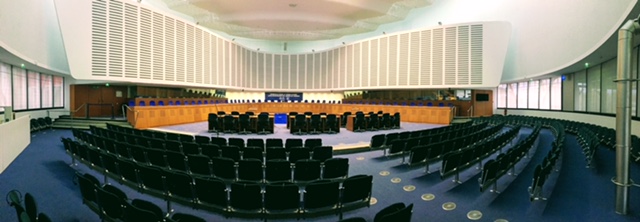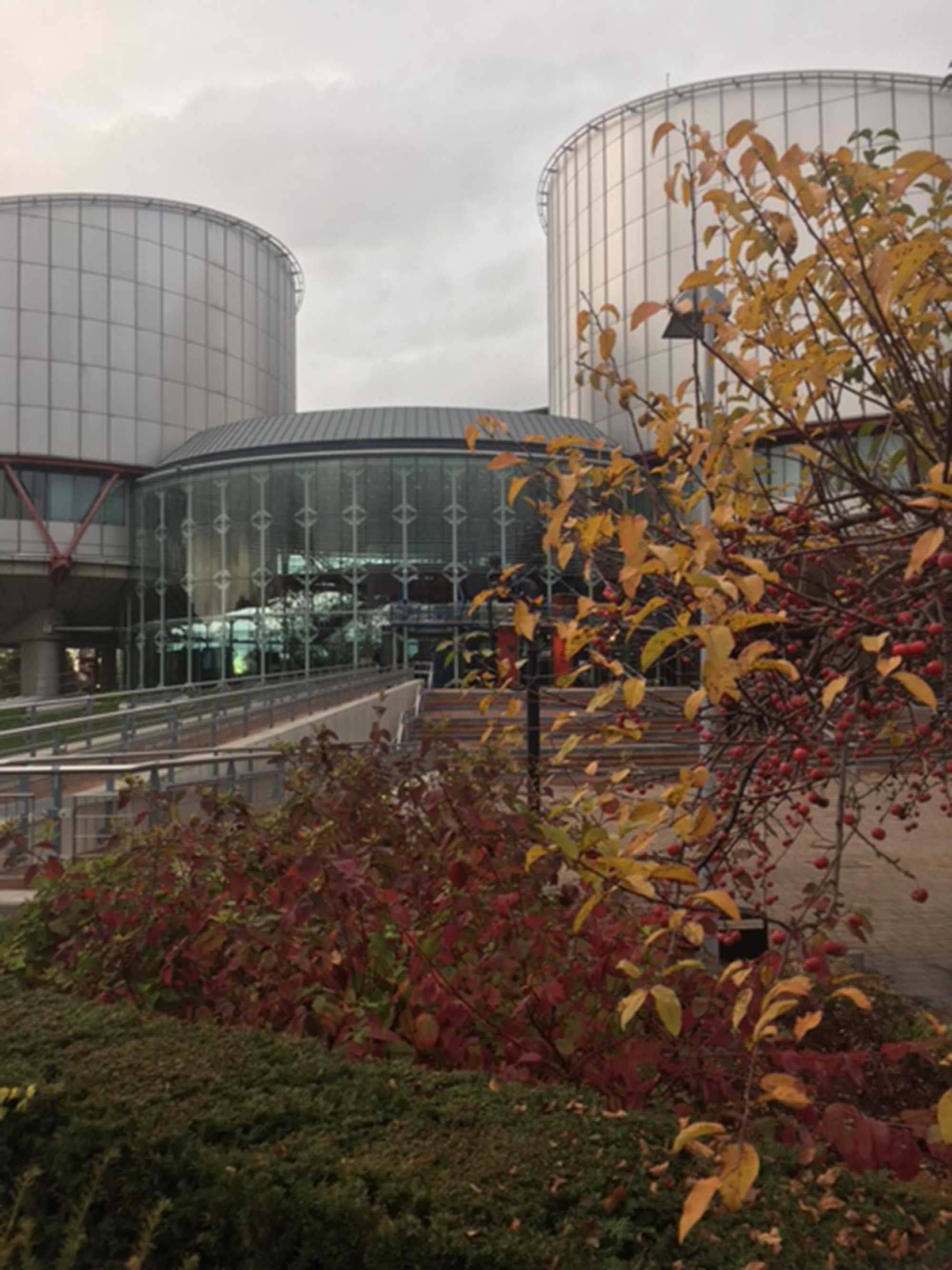

Photo by Duane Madsen
——————
PLEASE NOTE: This site has no official affiliation with the Council of Europe or the European Court of Human Rights (ECtHR). It is independently operated by the staff of the International Center for Law and Religion Studies at Brigham Young University Law School in the United States.
The primary purpose of this site is to provide convenient access to information (primarily Court docments) concerning cases coming before the ECtHR relating to freedom or religion or belief (FoRB), primarily Article 9 of the European Convention on Human Rights (ECHR). These are found in this site's Case Table.
For detailed information on the operations of the Court, please see the Court's website and the links below:
- Resolution on Judicial Ethics, Adopted by the Plenary Court on 21 June 2021
- Key Cases of the European Court of Human Rights (1st and 2nd quarters 2021)
- The European Convention on Human Rights: A living instrument (August 2021)
- Practical Guide on Admissibility Criteria (Updated on 1 August 2021)
- Guide on Article 13 of the European Convention on Human Rights: Right to an effective remedy (April 2021)
- Annual Report of the Court - 2020
- The place of the European Convention on Human Rights in the European and International Legal Order (Council of Europe, Report of the Steering Committee for Human Rights (CDDH) (November 2019)
- Guide on Article 9 of the ECHR - Freedom of thought, conscience and Religion (April 2020)
- Finding and understanding the case-law of the European Court of Human Rights
- General Presentation of information about the Court
- Overview of the Court's case-law
- Film on the European Court of Human Rights

Photo by Duane Madsen
The Strasbourg Consortium was envisioned as an association of academic institutions with interest in freedom of religion or belief (FoRB), who recognized a need for an electronic forum, to encourage in-depth discussion of issues pending before the European Court of Human Rights and other international institutions.*
This need became more apparent in 2005, when the Court's Grand Chamber considered and decided the case of Leyla Şahin v. Turkey, the so-called "headscarf case." This consortium of academic institutions determined that it was important to create a forum where high-level academic analysis could be made available on an expedited electronic basis to enrich the materials that the European Court of Human Rights and other international tribunals can draw on when addressing issues of freedom of religion or belief. In July of that year, the Consortium met for the first time in Strasbourg, France, to present academic analysis on the issues of freedom of religion or belief implicated by the Şahin case. The resulting wealth of analysis, discussion, and recommendations were then published on the Internet.... more
